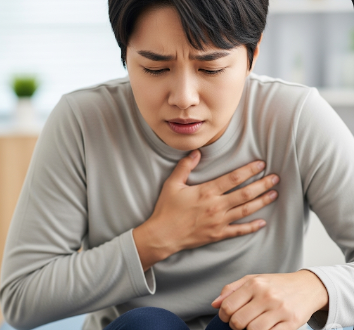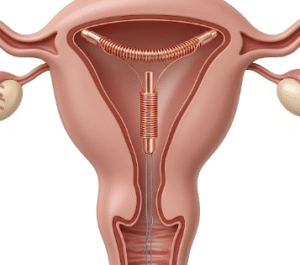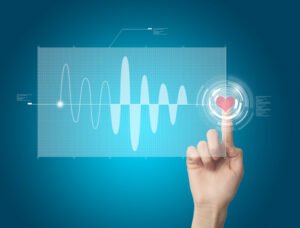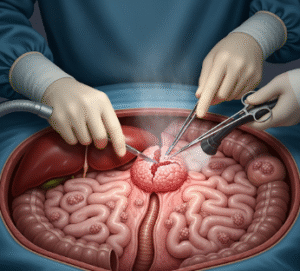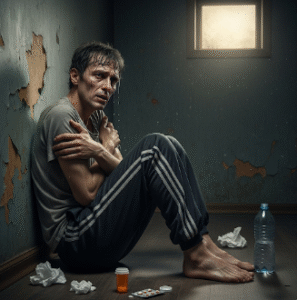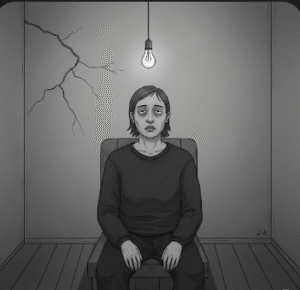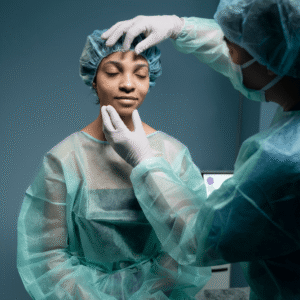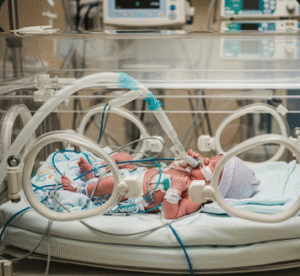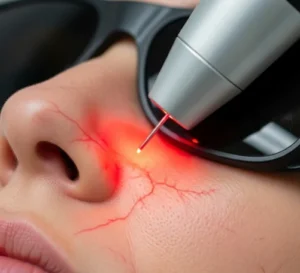Overview
Musculoskeletal chest pain is a type of chest discomfort arising from the muscles, bones, or connective tissues of the chest wall rather than the heart or lungs. This condition is often sharp, localized, and reproducible with movement, deep breathing, or pressure on the affected area. While it can be alarming due to the proximity to the heart, musculoskeletal causes are generally benign but can significantly impact daily activities.
In Korea, both orthopedic and rehabilitation clinics specialize in diagnosing musculoskeletal chest pain, differentiating it from cardiac or pulmonary causes, and providing effective treatment and rehabilitation options.
Key Facts
➤ Musculoskeletal chest pain originates from muscles, tendons, ligaments, or ribs.
➤ Pain is often localized and worsens with movement or palpation.
➤ Common causes include muscle strain, inflammation, or injury.
➤ Typically non-life-threatening, but evaluation is important to rule out heart-related issues.
➤ In Korea, patients have access to physical therapy, pain management, and orthopedic care.
What is Musculoskeletal Chest Pain?
Musculoskeletal chest pain involves discomfort in the chest wall structures, including:
➔ Pectoral muscles – muscles of the chest.
➔ Intercostal muscles – muscles between the ribs.
➔ Costal cartilage – cartilage connecting ribs to the sternum.
➔ Rib bones or connective tissue around the chest wall.
The pain is often:
- Sharp, stabbing, or aching.
- Reproducible when pressing on the chest or moving the torso.
- May worsen with deep breaths, coughing, or physical activity.
Unlike cardiac chest pain, musculoskeletal pain is usually localized and positional, and not accompanied by shortness of breath, sweating, or radiating pain to the arm or jaw.
Symptoms Related to Musculoskeletal Chest Pain
➤ Localized chest pain at the site of injury or strain.
➤ Tenderness when pressing the affected muscle or rib.
➤ Pain that increases with movement such as twisting, lifting, or deep breathing.
➤ Muscle spasms or tightness in the chest or upper back.
➤ Occasionally, swelling or bruising if associated with trauma.
Causes / Possible Causes
Musculoskeletal chest pain can result from injury, overuse, inflammation, or structural abnormalities:
Common Causes
➤ Muscle strain – due to heavy lifting, exercise, or sudden movements.
➤ Intercostal muscle inflammation – often from coughing, sneezing, or repetitive movements.
➤ Costochondritis – inflammation of the cartilage connecting ribs to the sternum.
➤ Postural strain – poor posture leading to tension in chest or back muscles.
Traumatic Causes
➤ Rib fractures or bruising from accidents or falls.
➤ Blunt chest trauma causing muscle or connective tissue injury.
Other Contributing Factors
➤ Heavy coughing or respiratory infections.
➤ Repetitive strain from sports, work-related activities, or daily chores.
➤ Osteoarthritis or degenerative changes affecting rib joints or vertebrae.
Risk Factors
➤ Participation in contact sports or intense physical activity.
➤ Poor posture, especially in sedentary occupations.
➤ Older age with degenerative joint changes.
➤ Recent chest trauma or surgery.
➤ Chronic respiratory conditions causing frequent coughing.
Complications
While musculoskeletal chest pain is typically benign, complications may include:
➤ Chronic muscle tightness or discomfort.
➤ Reduced range of motion and limitation in daily activities.
➤ Misdiagnosis, leading to unnecessary cardiac or pulmonary testing.
➤ Secondary issues like postural imbalance or back pain.
When Should I See My Doctor?
Seek medical evaluation if:
➤ Chest pain is sudden, severe, or associated with shortness of breath, sweating, or nausea.
➤ Pain persists despite rest or home care.
➤ Associated with swelling, bruising, or deformity after trauma.
➤ You have a history of heart disease or respiratory conditions.
➤ Pain interferes with daily activities or sleep.
Prompt assessment ensures that serious cardiac or pulmonary causes are ruled out.
Care and Treatment
Home Care and Lifestyle Measures
➤ Rest and avoid activities that worsen pain.
➤ Apply ice or heat to reduce inflammation and relax muscles.
➤ Gentle stretching and range-of-motion exercises for chest and back muscles.
➤ Maintain good posture during work or daily activities.
➤ Over-the-counter pain relievers or anti-inflammatory medications may help.
Medical Treatments
➤ Physical therapy to strengthen chest and upper back muscles.
➤ Prescription muscle relaxants for severe muscle spasms.
➤ Corticosteroid injections in cases of persistent costochondritis.
➤ Orthopedic assessment for rib fractures or structural abnormalities.
Preventive Measures
➤ Warm-up before physical activity or sports.
➤ Practice ergonomic posture and lifting techniques.
➤ Gradual progression in exercise intensity to prevent strain.
➤ Maintain flexibility and muscle conditioning through regular stretching.
Treatment Options in Korea
Korea provides advanced musculoskeletal care through specialized clinics and hospitals:
Diagnostic Services
➤ Physical examination to localize pain and identify trigger points.
➤ Imaging (X-ray, MRI, or ultrasound) for rib, cartilage, or soft tissue evaluation.
➤ Assessment by orthopedic or rehabilitation specialists.
Therapies and Supportive Care
➤ Targeted physical therapy for chest wall, shoulder, and back muscles.
➤ Pain management using medications, injections, or manual therapy.
➤ Ergonomic and posture guidance for long-term prevention.
➤ Rehabilitation programs for post-trauma or post-surgery recovery.
✅ In summary: Musculoskeletal chest pain is a common, generally benign cause of chest discomfort arising from muscles, bones, or connective tissue. Pain is often localized, reproducible, and influenced by movement or posture. In Korea, patients can access comprehensive diagnostic services, physical therapy, and pain management programs to relieve symptoms, prevent recurrence, and restore chest wall function.

